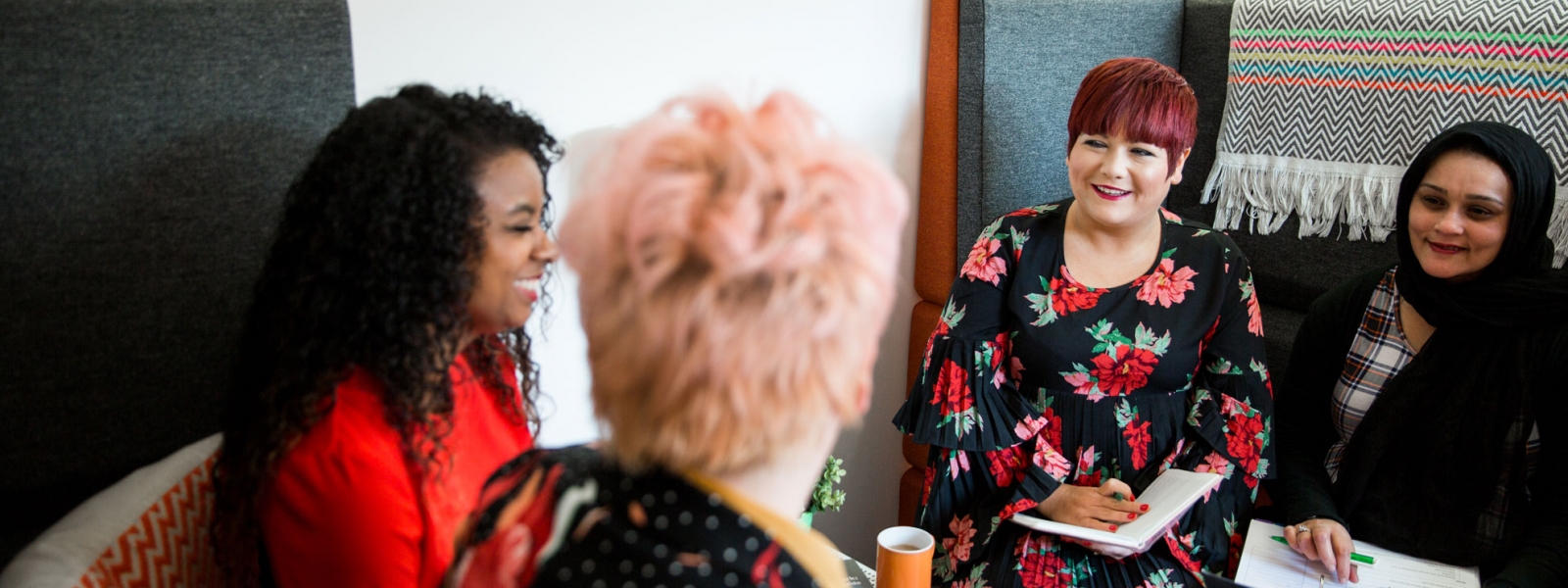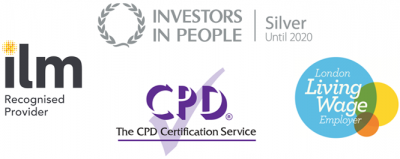Mar
05
2018
Equality: how to fix your own unconscious bias
Recent outcries over sexual harassment and pay gaps have shone a spotlight on equality and diversity at work, but these very public issues are the tip of the iceberg. A wider problem lies beneath the surface, in our own unconscious biases.
Research shows that despite our best intentions, we all tend to classify people quickly according to criteria we can see – age, weight, skin colour, gender and so on. This stereotyping is a natural human trait and can save us time when we have to process information about people.
But these unconscious stereotypes can affect us even when we don’t consciously believe them. Though most of us would be horrified to be labelled as overtly sexist or racist, our mental shortcuts can negatively influence our day-to-day behaviours and decisions.
How can we, as HR professionals and leaders, champion inclusive behaviours at work if we’re unaware of our own hidden biases? These four steps can help.
1. Identify your own biases
The first step is to develop self-awareness, as we tend to favour traits that are similar to our own. These include gender and race, but also other traits like social status, accent, education level and disability. Think of your own cultural environment and experiences. How might these affect your decisions?
You could also test yourself, for example at www.projectimplicit.com. This is a rapid-response online test designed to uncover your hidden biases.
2. Correct your perceptions
What messages did you receive about particular groups as you were growing up? YouTube videos like Gender Roles in Films and Racial Stereotypes in Children's Entertainment are eye-opening places to start exploring this. What could you do to challenge these perceptions today?
3. Adjust your micro-behaviours
Do you exhibit any micro-behaviours towards certain people that could show a bias towards them as a group? Examples are talking over people, looking at mobile phones or over their shoulder while they’re talking, or always mispronouncing their name. Try to observe yourself doing this or even ask a trusted friend to help you.
4. Use contact to correct biases
Try to improve your knowledge and have more contact with people you might be biased against. Could you work on a project or volunteer with somebody unlike yourself? Make an effort to seek out films, documentaries, or books that challenge traditional stereotypes. One of our favourites is the short but hilarious video Things Not to Say to a Trans Person.
Unconscious bias is a natural part of human psychology, but it doesn’t mean we’re stuck with it. By taking the four steps above, you can improve your knowledge of self and others and become a more conscious leader for equality.
If you'd like to learn more about unconscious bias, take a look at our one-day Equality, diversity and inclusion course.
Taylor Mason
commented on 12 March, 2018:
Thank you, Jakki for your insights on this subject, do you have any examples where you used contact to correct bias ?


